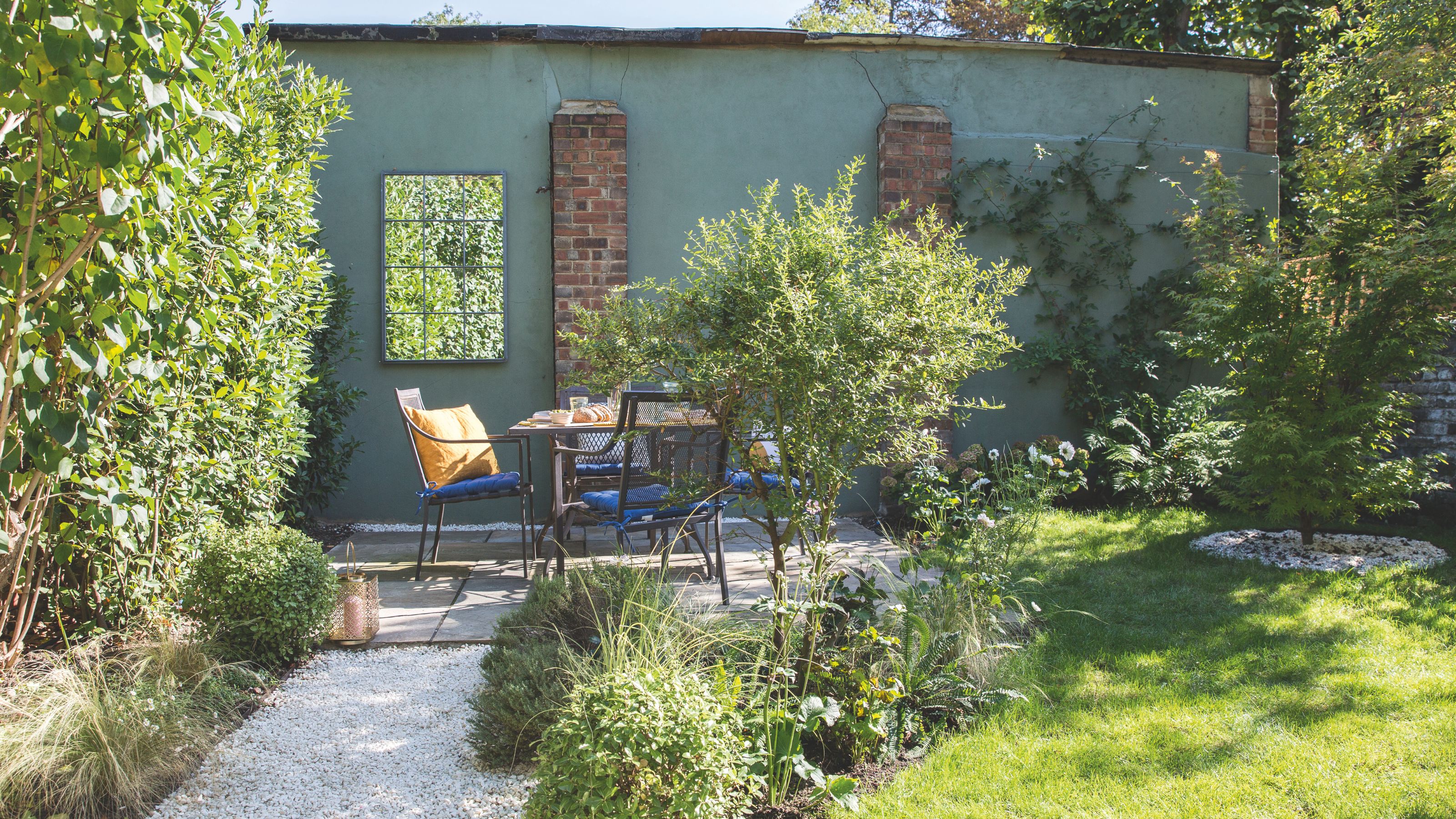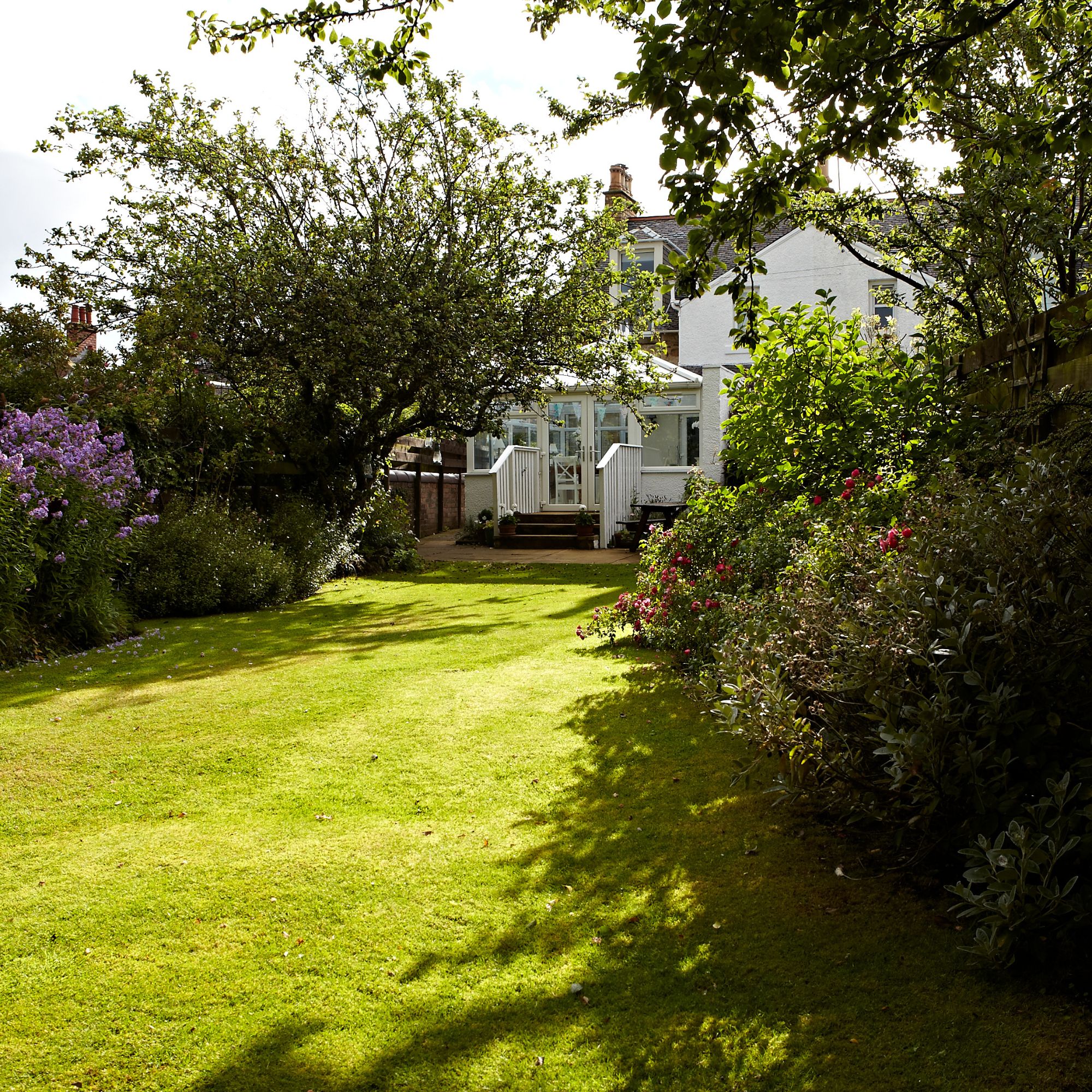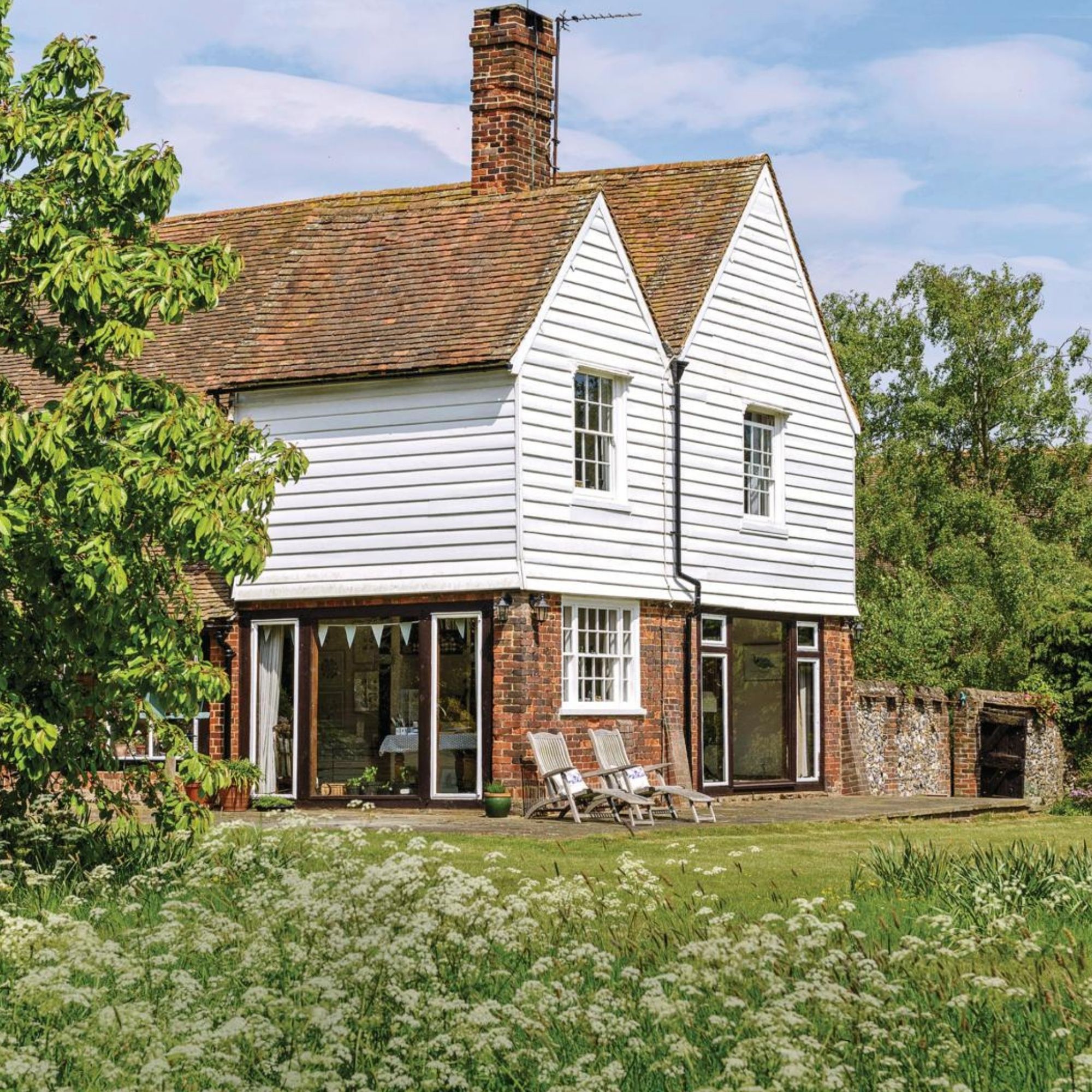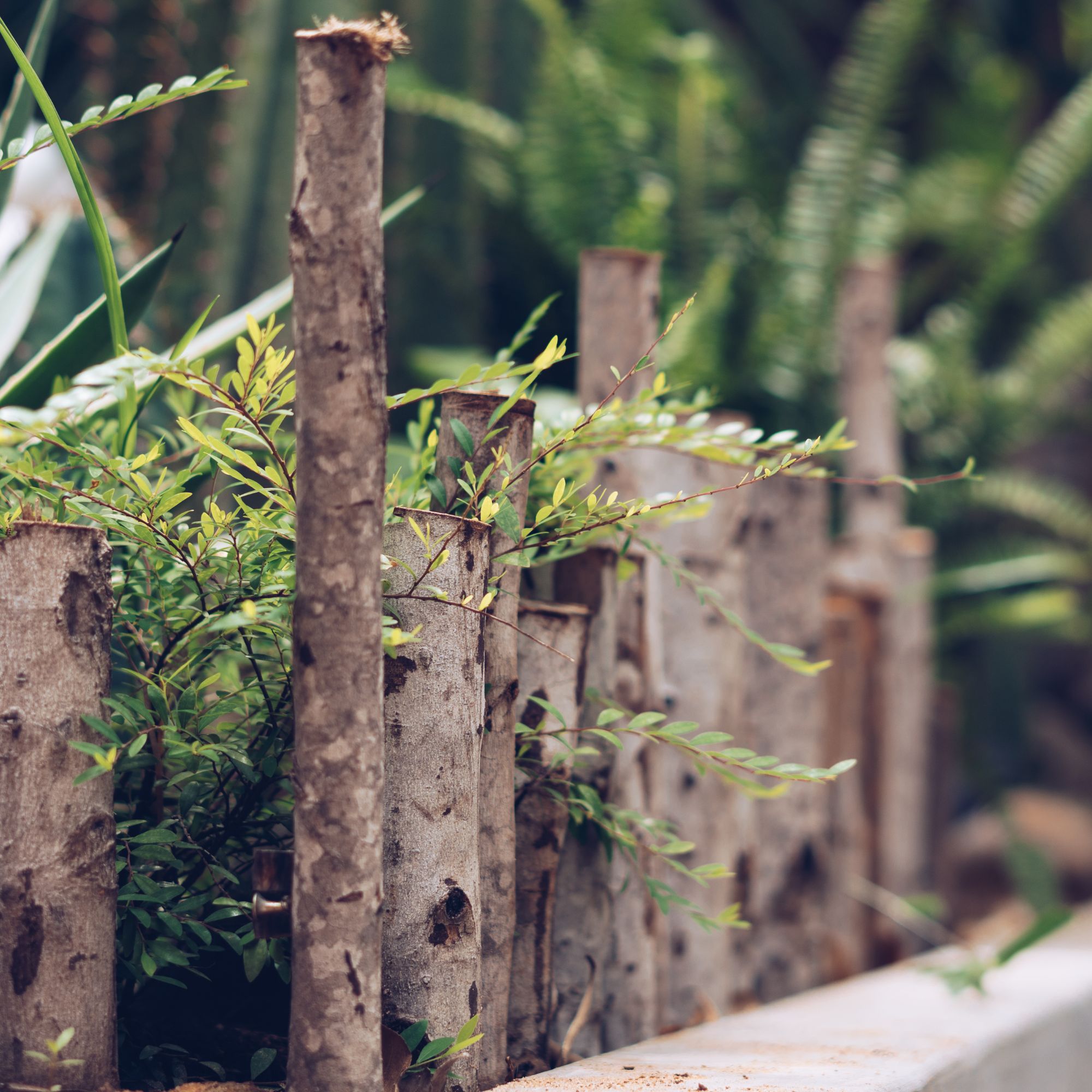Gardeners could be slapped with a hefty fine for this tree planting mistake
Planning on planting a new tree in your garden? Read this first...


You might assume that the biggest tree planting mistake would be popping it in the wrong pH soil, or forgetting to mulch, or getting confused between pruning and cutting back.
Here's the thing, though; while all of those aren't good for your tree, there's one error you can make that will stir up drama between you and your neighbours – not to mention potentially cost you a hefty fine in the process.
Just as there are many rules surrounding planning permission for garden fences, the same is (surprise!) true of planting trees.
Whether you're researching the best trees for small gardens or, say, the best fast growing privacy trees to block out your neighbours, there is a tree planting mistake you need to keep in mind before you settle on a favourite. As per a report from the pros from Garden Buildings Direct, 'blocking a neighbour's windows could get you into trouble'.

So, what does this mean exactly?
'Basically, if a window has enjoyed uninterrupted natural light for 20 years or more, the owner of that window may have an easement – a legal right to light – and therefore, no one can block that light without permission,' says Steven Bell of Ethan Mason Paving.

Steven Bell is an experienced landscaper, with years of experience owning paving and gardening companies. Combining hands-on expertise with a deep appreciation for sustainable landscaping practices, Steven enjoys sharing his insights with readers to inspire their own green-thumb adventures.
However, Steven goes on to explain that not all windows are automatically protected under the Rights of Light Act.
Get the Ideal Home Newsletter
Sign up to our newsletter for style and decor inspiration, house makeovers, project advice and more.
'It specifically applies to habitable rooms, like kitchens, lounges, and bedrooms, not to non-living spaces like bathrooms or storage rooms,' he says.
'Even so, if the light to a window in a habitable room has been uninterrupted for at least 20 years, there’s a good chance that it could fall under the "easement of light" rules.'

That being said, this rule doesn’t mean every tree you plant will cause an issue. In fact, Steven says that there are a few things that could make planting a tree perfectly fine...
- The tree is small and won’t block light: 'If you plant a tree that is unlikely to obstruct the neighbour’s natural light (e.g., a small shrub or a tree that will remain low), there’s less chance of it being a problem,' says Steven.
- The window doesn’t meet the 20-year threshold: 'If the window has not received uninterrupted light for 20 years, the easement of light won’t apply. The neighbour won’t have the legal right to complain unless they can prove they’ve had that light for the necessary period,' he adds.
- The tree is a slower growing variety: 'Some trees may be planted without issue if they’re naturally slow-growing or can be pruned easily to avoid becoming too large. But, larger trees or fast-growing varieties that quickly block light could lead to complaints,' finishes Steven.

All that being said, ignoring all of the above could lead to one tree planting mistake that will cost you dearly.
'If you do go ahead and plant a tree that blocks a neighbour’s light and they have a valid claim under the easement of light rules, they may be able to seek a court order to have the obstruction removed or reduced,' says Steven.
'If you refuse to comply, you could be forced to pay for any damages or even face compensation claims. And, in more serious cases, where the obstruction is significant, the neighbour could pursue legal action for nuisance or trespass.'
FAQs
What is the Right of Light Act?
The Right of Light Act refers to a concept called easement of light, any property having uninterrupted enjoyment of light for more than 20 years acquires rights to light.
'If a neighbour comes to you with a complaint, it’s important not to dismiss it outright,' says Steven Bell of Ethan Mason Paving.
'Even if you think the tree isn’t causing a problem, they might be able to prove that it is affecting their right to light, and ignoring the issue could lead to a more serious legal dispute.'
Can a neighbour block light to my window?
Your neighbour can block light to your window, but if that window has enjoyed uninterrupted light for more than 20 years, you may have a valid claim under the easement of light rules.
As such, you have the option to either seek a court order to have the obstruction removed or reduced, or open up a discussion with your neighbour if you feel you are able to.
Should I talk to my neighbour before planting a tree?
While you have the right to plant a tree wherever you want on your property, it's the polite thing to discuss it with your neighbour first – especially if it will block light to one of their windows.
'If you’re planning to plant something that could grow large, let your neighbour know in advance. You might be able to come to a mutual understanding about the types of trees or bushes that won’t block light or cause any other issues,' says Steven Bell of Ethan Mason Paving.
Steven adds that, in some cases, neighbours may reach an agreement about how trees should be managed.
'This could include commitments to regularly prune the tree or plant something that doesn’t grow too tall. In some cases, you might even want to put an agreement in writing to avoid future misunderstandings.'
Now that you know the biggest tree planting mistake you can make, it's time to pay closer attention to where you're planning to pop that new bare root tree – or perhaps stick to one of the best trees to grow in pots.
Happy planting, whatever you decide...

Kayleigh Dray became Ideal Home’s Acting Content Editor in the spring of 2023, and is very excited to get to work. She joins the team after a decade-long career working as a journalist and editor across a number of leading lifestyle brands, both in-house and as a freelancer.
You must confirm your public display name before commenting
Please logout and then login again, you will then be prompted to enter your display name.
-
 Should an air fryer be on display in a kitchen or hidden away? This is why I always keep my small appliances on the worktop
Should an air fryer be on display in a kitchen or hidden away? This is why I always keep my small appliances on the worktopAre you on team display or neatly hidden away? Share your opinion in the comments
By Rebecca Knight
-
 Experts warn that these 5 mopping mistakes are making your floors dirtier — and damaging your floors in the process
Experts warn that these 5 mopping mistakes are making your floors dirtier — and damaging your floors in the processThis is how to keep them clean and avoid costly damage
By Lauren Bradbury
-
 Move over, fences – dead hedges are the wild and wonderful alternative your garden will love and they're easier to build than you'd think
Move over, fences – dead hedges are the wild and wonderful alternative your garden will love and they're easier to build than you'd thinkThe perfect eco-friendly solution for small gardens
By Kayleigh Dray